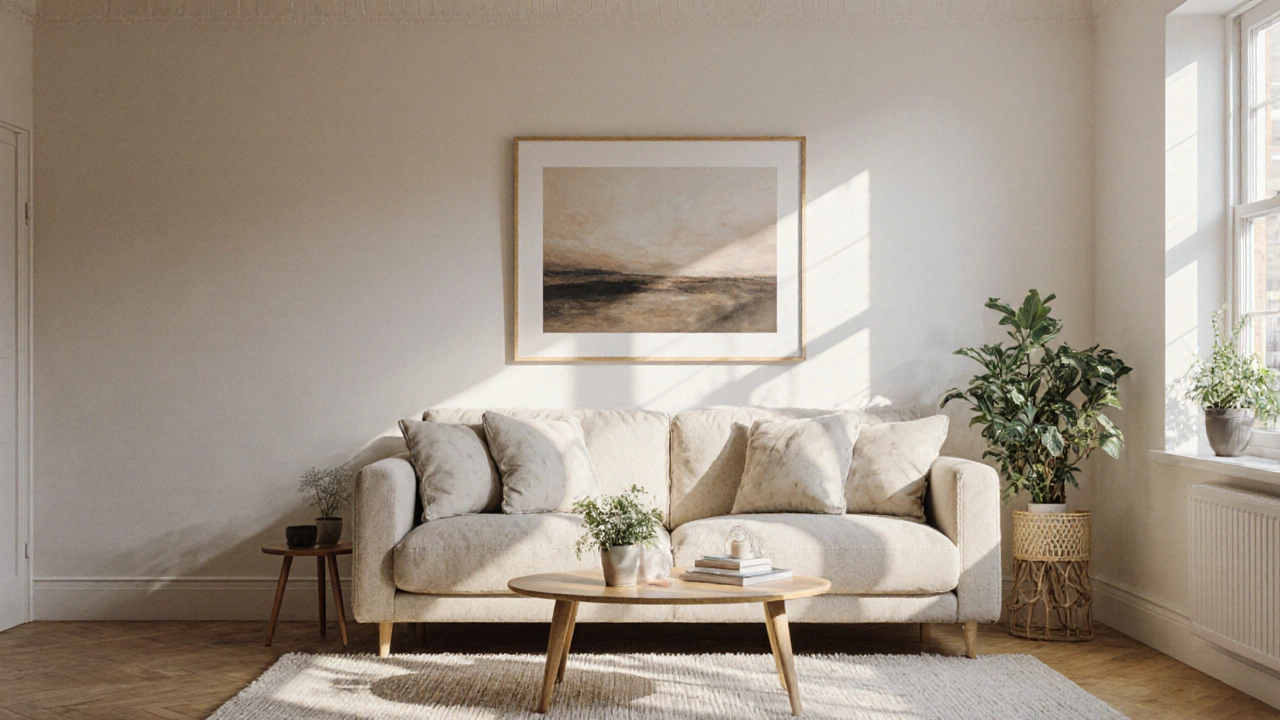Art Print Dimensions: What Size Works Best for Your Space and Style
When you buy or create an art print, a reproduction of an original artwork on paper or canvas, often framed and displayed. Also known as fine art reproduction, it's one of the most accessible ways to own and display art without buying an original. But size matters—way more than most people realize. A print that’s too small gets lost on a big wall. One that’s too large overwhelms a cozy room. The right art print dimensions don’t just look good—they make the artwork feel intentional, balanced, and part of the space.
Most galleries and artists stick to standard sizes because they’re practical. Think 8x10, 11x14, 16x20, 20x24, and 24x36 inches. These match off-the-shelf frames, reduce waste, and make shipping easier. But why these numbers? Because they’re based on traditional paper formats like A-series (used globally) and US letter/legal sizes. A 16x20 print, for example, is a popular middle ground—it’s large enough to command attention but small enough to fit above a sofa or in a hallway. If you’re selling prints, using these sizes cuts down on custom framing costs for buyers. If you’re hanging art, they help you avoid the headache of hunting for obscure frame sizes.
Then there’s the framing size, the outer measurement of the frame including matting and border. Also known as outer frame dimension, it’s not the same as the print size. A 16x20 print might sit in a 20x24 frame with a 2-inch mat. That extra border gives breathing room, adds elegance, and helps the eye focus on the art. Without it, the image can feel cramped. Many artists now offer prints with optional mats, so you can choose how much space you want around the image. This is especially important for abstract or minimalist pieces where negative space becomes part of the design.
Don’t forget the wall art sizing, how the print relates to the physical space it’s placed in. Also known as art-to-wall ratio, this is where most people mess up. A common rule: your art should cover 60-75% of the wall space above furniture. So if your sofa is 8 feet wide, aim for a print or group of prints that total about 5 to 6 feet across. For large open walls—like in a living room or lobby—go bigger. A 30x40 or even 36x48 print can anchor the space. Smaller prints work best in clusters, like a gallery wall. But even then, keep the spacing consistent—usually 2 to 3 inches between frames.
And if you’re thinking about selling prints, check what’s working. Artists who sell on Etsy or at art fairs often find that 11x14 and 16x20 prints move fastest. They’re affordable, easy to ship, and fit most homes. Bigger sizes like 24x36 are for collectors or statement pieces. If you’re creating art for exhibitions, galleries usually have strict size limits. Many prefer prints under 30 inches on the longest side for easier hanging and lighting. Always check the specs before you print.
There’s no magic number, but there are smart choices. Start by measuring your wall. Then think about the mood you want. A tiny print feels intimate. A giant one feels bold. Use the standard sizes as your base, then adjust if you’re going custom. And remember—your print’s size isn’t just about aesthetics. It’s about how the art lives in the world. The right dimensions make it feel like it belongs.
Below, you’ll find real examples from artists who’ve nailed their print sizes—whether they’re selling digital art, framing oil paintings, or curating gallery shows. You’ll see what works, what doesn’t, and how to pick the size that turns a print into a centerpiece.
